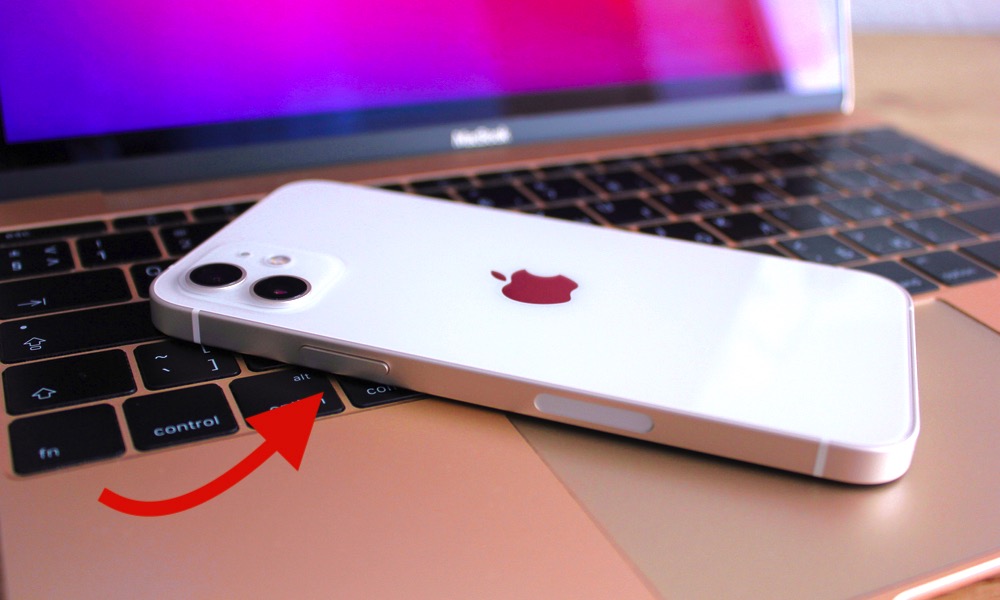Keep These Apple Products Away from Your Pacemaker: Official List Revealed
 Credit: Mary Mash / Shutterstock
Credit: Mary Mash / Shutterstock
Toggle Dark Mode
The advent of Apple’s MagSafe technology on the iPhone 12 lineup has sparked some debate among health experts as to the potential negative impact that these devices can have on users with implanted cardiac devices like pacemakers and defibrillators.
Alarm bells were first sounded in January, in a study published in the Heart Rhythm Journal, revealing that the magnetic field from the MagSafe ring in an iPhone 12 could shut down certain implantable medical devices when placed close enough.
This report prompted Apple to update its support documents to note that users with implanted pacemakers and defibrillators should keep their iPhone and MagSafe accessories at least six inches apart during normal use, and 12 inches apart when wirelessly charging.
In that same support document, Apple also emphasized that the MagSafe technology in the iPhone 12 doesn’t “pose a greater risk of magnetic interference to medical devices than prior iPhone models.”
The Food and Drug Administration (FDA), which regulates medical technology in the US, generally agreed with Apple’s recommendations, while adding that the “risk to patients is low.” The FDA also noted that, as of the time of its study in May, it was not aware of any adverse reactions between implanted cardiac devices and the iPhone 12.
However, the American Heart Association (AHA) was considerably more circumspect, with a new study that demonstrated “clinically identifiable magnet interference” in almost every case where an iPhone 12 was placed directly over a cardiac implantable electronic device (CIED). The AHA also disputed Apple’s previous claims, noting that the MagSafe technology in the iPhone 12 does indeed carry a higher risk of interfering with implanted medical devices. That discovery shouldn’t be all that surprising, though, considering that, unlike previous models, the iPhone 12 contains a ring of magnets.
Still, even devices without magnets can cause interference, since all electronics generate an electromagnetic field, and that’s even more true when it comes to wireless devices. These are constantly chattering away over Wi-Fi, Bluetooth, and cellular frequencies, which can range from 600MHz all the way up to just over 5GHz for most iPhone models, and even beyond that to 39GHz for the mmWave 5G models.
So, Apple isn’t entirely wrong when it says that you should avoid holding any iPhone too close to an implanted medical device, and now it appears that the company has come up with a pretty comprehensive list of devices that you should keep away from your pacemaker or defibrillator.
Apple has provided this list in an update to the same support document that we mentioned earlier — the one that previously only specifically recommended keeping a safe distance with the iPhone and MagSafe accessories.
List of Apple Products to
Keep Away from Pacemakers
Apple has updated its recommendation to advise users to keep all Apple products “a safe distance away from your medical device” — six inches under normal use, or 12 inches when wirelessly charging. Apple is also specifically calling out that Apple products that contain magnets as deserving special caution:
- All models of AirPods and their charging cases, including the AirPods, AirPods Pro, and AirPods Max.
- All Apple Watch models.
- Apple Watch bands with magnets, such as the Milanese Loop.
- Apple Watch magnetic charging accessories.
- HomePod and HomePod mini.
- All iPad models, including the iPad, iPad mini, iPad Air, and iPad Pro.
- iPad Smart Covers, Smart Folios, Smart Keyboards, and Magic Keyboards.
- All iPhone 12 models.
- All MagSafe accessories.
- The entire Mac lineup, including the Mac mini, MacBook Air, MacBook Pro, iMac, and Mac Pro.
- Apple’s Pro Display XDR.
- Beats Flex, Beats X, PowerBeats Pro, and UrBeats 3 headphones.
While almost all speakers and headphones include magnets, Apple doesn’t seem to consider the rest of its Beats lineup to be a problem, perhaps because the magnetic field generated by the speaker drivers isn’t significant. Instead, Apple adds that “certain other Apple products contain magnets that are unlikely to interfere with medical devices,” and points users to the safety information sections of the relevant user guides for more information.






